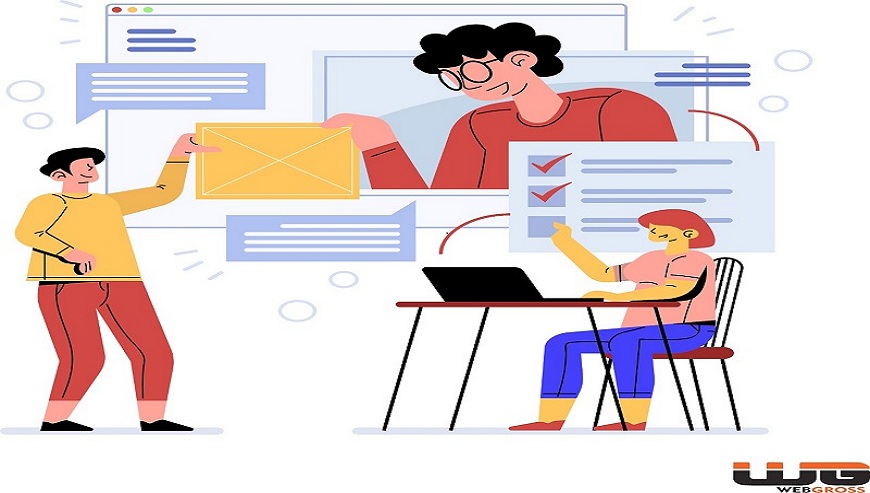The American Institute of Graphic Arts (AIGA) defines graphic design as �the art and practice of planning and projecting ideas and experiences with visual and textual content." This content often functions as a silent ambassador of a brand as content writing services enables an organization to communicate and connect with its customers through visual experiences. Visual projections have become the identity of organizations across the world as they are not subjected to any form of language barriers.
Graphic design is a means of artistic expression, moulded for commercial purposes like posters, logos, infographics, book covers, magazines, etc. Companies and other organizations use graphic design as a tool to promote and sell their products and services by shaping the opinion of an individual or a group.
The most persuasive and effective designs often contain a specific mix of elements like colour, space, size, texture, form, line, and shape that follow the basic principles of balance, contrast, emphasis, movement, rhythm, and proportion.
With the advent of technology, graphic design is no longer limited to a particular sector or industry. Here are some of the types of graphic designs relevant to the organizations of the modern world.
Product Design
Product designers use their creativity and research abilities to design and develop new products and technologies. Market research, prototyping, and 3D modelling are some of the skills required by a product designer.
Branding Design
Branding focuses on the visual identity of a company or product. All aspects of branding must align with the vision and mission of the organization. A visual brand transcends all types of geographical, cultural, and linguistic barriers.
Website Design
Website Designers work towards creating a user-friendly website and app designs for a superior user experience (UX). They make sure that their designs are visually appealing and align with the goals and essence of the organization. Some of the skills required by a website designer include UX design, Search Engine Optimisation, coding, etc.
Print Design
Print designers create digital graphic designs through advanced tools and technologies. They specialize in creating work that is meant to be viewed in a physical capacity. For example, brochures, flyers, billboards, T-Shirts, Mugs, etc.
Animation Design
Animation and motion designers use specialized software to create animated visuals like cartoons, social media graphics, and other similar content. They may also provide animated designs for TV shows and movies. Apart from formal education, animation designers must possess the skills of storytelling, problem-solving, and teamwork.
Environmental design
Environmental graphic design combines basic design principles with elements of architecture and landscape design to create signages, maps, building exteriors, and other visual elements that people use to navigate the world around them. The perfect mix of creativity, communication skills, and a knack for urban design is a must to become an Environmental graphic designer.
Publishing Design
Graphic designers that work in the publishing industry (books or magazines) work towards creating eye-catching and appealing covers and other content. They are also responsible for designing page layouts that present information in a way that is easy to read. They work closely with writers and editors and design edgy photographs and content to project their work in an appealing manner.





